You might be surprised to learn that Nike is the most valuable fashion brand in the world at $36.8 billion dollars brand value (in 2020). It beat out Louis Vuitton and Hermes, both luxury brands.
Are you thinking about getting into the exciting world of fashion and clothing? Launching a new clothing brand can be an exciting and rewarding endeavor, but it also comes with its fair share of challenges, especially in a competitive market.
To stand out and drive sales for your new clothing brand, you'll need effective marketing strategies. In this article, we'll explore seven powerful marketing strategies for your clothing brand. This will help boost your sales and establish a strong presence in the fashion industry.
1. Define Your Unique Selling Proposition (USP)
Before diving into marketing strategies, it's essential to clarify what makes your clothing brand unique. What sets you apart from competitors?
Your Unique Selling Proposition (USP) is your brand's distinct value proposition.
It could be your commitment to sustainable materials, innovative designs, affordable pricing, or a combination of factors. Once you've identified your USP, use it as the foundation of your marketing efforts.
2. Build an Engaging Online Presence
In today's digital age, having a strong online presence is crucial for any clothing brand. There's no two ways about it. Here's how to do it effectively:
Website
Create a user-friendly, visually appealing website where customers can browse and purchase your products. Ensure your website is mobile-responsive for seamless shopping on all devices.
Social Media
Utilize social media platforms like Instagram, Facebook, and Pinterest to showcase your clothing and connect with your target audience. Regularly post high-quality images, engage with followers, and use relevant hashtags.
Content Marketing
Develop a blog on your website to provide valuable content related to fashion, style tips, and industry trends. This drives organic traffic and positions your brand as an authority in the fashion space.
3. Leverage Influencer Marketing
Influencer marketing can be a game-changer for a new clothing brand. Partner with fashion influencers and bloggers who align with your brand's values and style.
These influencers can promote your clothing through sponsored posts, reviews, and collaborations, reaching their engaged follower base and driving traffic to your brand.
Establishing Clear Partnerships
Once you've identified potential influencers, it's essential to establish clear partnerships. Communication is key in influencer marketing.
Outline the following clearly in your contract with them:
- Expectations
- Goals
- Compensation (whether it's monetary, free products, or a combination)
- Timeline for the collaboration
Ensure that both parties have a mutual understanding of the campaign's objectives.
Creative Collaboration
Allow influencers creative freedom in how they promote your clothing brand. While you can provide guidelines and suggestions, influencers excel when they can showcase your products in their unique style and voice. Authenticity is vital; their followers should feel that the endorsement is genuine.
Disclosure and Transparency
Transparency is crucial in influencer marketing. Ensure that influencers clearly disclose their collaboration with your brand in their posts. It not only complies with advertising regulations but also maintains trust with their followers.
Building Long-Term Relationships
Consider establishing long-term relationships with influencers who resonate well with your brand. Repeat collaborations with the same influencers can reinforce your brand's message and create a sense of continuity in your marketing efforts.
Micro-Influencers
Don't overlook micro-influencers. These individuals may have smaller followings compared to macro-influencers.
But, their audiences are often highly engaged and trust their recommendations. Collaborating with micro-influencers can be cost-effective and yield impressive results.
4. Email Marketing Campaigns
Email marketing remains a highly effective way to connect with potential customers and build brand loyalty. Create a mailing list by offering incentives like discounts or exclusive content in exchange for email sign-ups.
Send regular newsletters, product updates, and promotional offers to keep your audience engaged and informed. Follow these tips:
- Keep the emails short and sweet; don't ramble
- Pay attention to the subject (that is what increases open rates)
- Use images, gifs, and other humorous add-ons
- Don't spam your subscribers
- Allow easy unsubscribe
5. Host Pop-Up Shops and Events
In-person events like pop-up shops, fashion shows, or trunk shows can generate buzz and allow customers to interact with your brand in a physical setting. These events create a sense of exclusivity and excitement, driving sales and fostering brand loyalty.
If you're a fashion brand that's new to the market, pop-up events can be a great way to get to your audience and make yourself known.
Never done one before? They aren't difficult to set up. Check out some tips below.
Define Your Goals
Start by clarifying your objectives for your pop-up shop or event.
What do you want to achieve with your pop-up store?
- Generate sales
- Build brand awareness
- Collect customer feedback
- Launch a new collection
Understanding your goals will guide your planning and execution.
Choose the Right Location
Selecting the right location is crucial. Consider high-traffic areas, shopping districts, or venues that align with your brand's image. Research local regulations and permits required for pop-up events in the chosen location.
Create a Unique Concept
Develop a compelling and unique concept for your pop-up shop or event. This could involve a theme, exclusive product releases, limited-time discounts, or interactive experiences that resonate with your target audience.
If you are opening several different pop-up stores in different locales, then consider using a different theme for each one. This way you can see which one works best with your audience and also entice folks to visit several stores to get their fill.
Design an Attractive Space
The physical space should reflect your brand's identity. Pay attention to visual merchandising, layout, and decor.
Ensure that your products are prominently displayed and easily accessible. Consider creating Instagram-worthy photo spots to encourage social media sharing.
Staff appropriately so that visitors to your pop-up store aren't waiting forever to be served or to receive answers.
Promote Effectively
Generate excitement before the event through various marketing channels. Some of these are:
- Social media
- Email marketing
- Influencer collaborations
- Press releases
This will be the most critical step for your pop-up store. It could literally make or break your event.
Offer Exclusive Incentives
Encourage attendance by offering exclusive incentives such as limited-edition products, discounts, or gifts with purchases available only during the event. Create a sense of urgency to drive sales.
Collect Customer Data
Use the event as an opportunity to gather customer data. Encourage attendees to:
- Sign up for newsletters
- Follow your social media accounts
- Participate in surveys or contests
This data can be valuable for future marketing efforts.
6. Utilize Search Engine Optimization (SEO)
Optimizing your website for search engines is vital to increase your online visibility. Conduct keyword research to identify relevant search terms in the fashion industry.
Incorporate these keywords into your website content, meta descriptions, and product listings. Consistently creating high-quality, SEO-optimized content can improve your website's ranking on search engine results pages.
Also, Facebook ads should definitely be a part of this online marketing strategy, no matter what kind of clothing you are selling.
SEO is quite a complicated thing to set up on your own, especially if you are new to it. Consider hiring a marketing agency or an SEO expert so you aren't fumbling about in the dark. It's well worth the investment you would make.
7. Collaborate and Network
Building relationships within the fashion industry is essential. Collaborate with complementary brands and local businesses for co-promotion and cross-marketing initiatives.
Attend industry events, trade shows, and fashion weeks to network with potential partners, customers, and industry insiders. It's all about who you know and who knows you in this business.
Even if you're new and not sure about who to collaborate with, networking will get you there step by step. Not comfortable with socializing in such a sale-sy manner? Hire a sales team or someone else who would thrive in such an environment.
Bonus Strategy: Sustainability and Ethical Practices
In today's socially conscious consumer landscape, highlighting sustainability and ethical practices can be a significant online marketing advantage. Make sure you communicate with your audience if your clothing brand does any of the following:
- Follows sustainable manufacturing processes
- Uses eco-friendly materials
- Supports ethical labor practices
Sustainability appeals to a growing segment of consumers who prioritize responsible consumption.
Measuring Success
As you carry out these marketing strategies, it's crucial to monitor their effectiveness. Use analytics tools to track website traffic, conversion rates, social media engagement, and email campaign performance.
Regularly review these metrics to refine your marketing approach. Adapt to changing consumer trends.
Marketing isn't a set-it-and-forget-it kind of deal. You constantly need to stay on top of your strategies to ensure they work in an ever-changing market.
Implement Crucial Marketing Strategies for Your Clothing Brand
New fashion brands seem to rise up all the time and fall as quickly. It's a competitive and tough market to be in.
But with the right marketing tools at hand, you will surely come out on top. If you aren't sure about applying these marketing strategies for your clothing brand on your own, then hire an online marketing agency.
Schedule a free strategy call with BitBranding to get your fashion brand known around the world and become a smashing success.



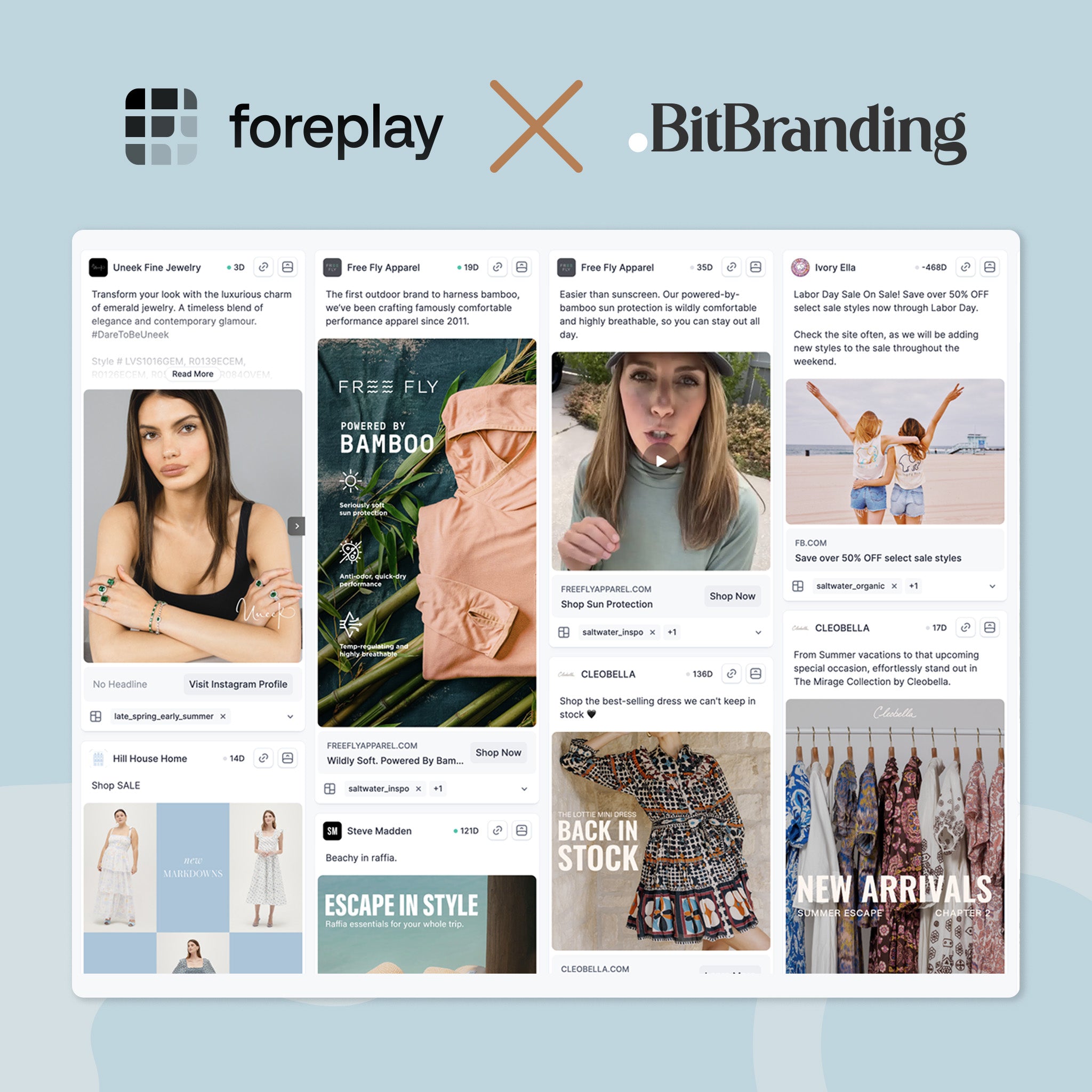
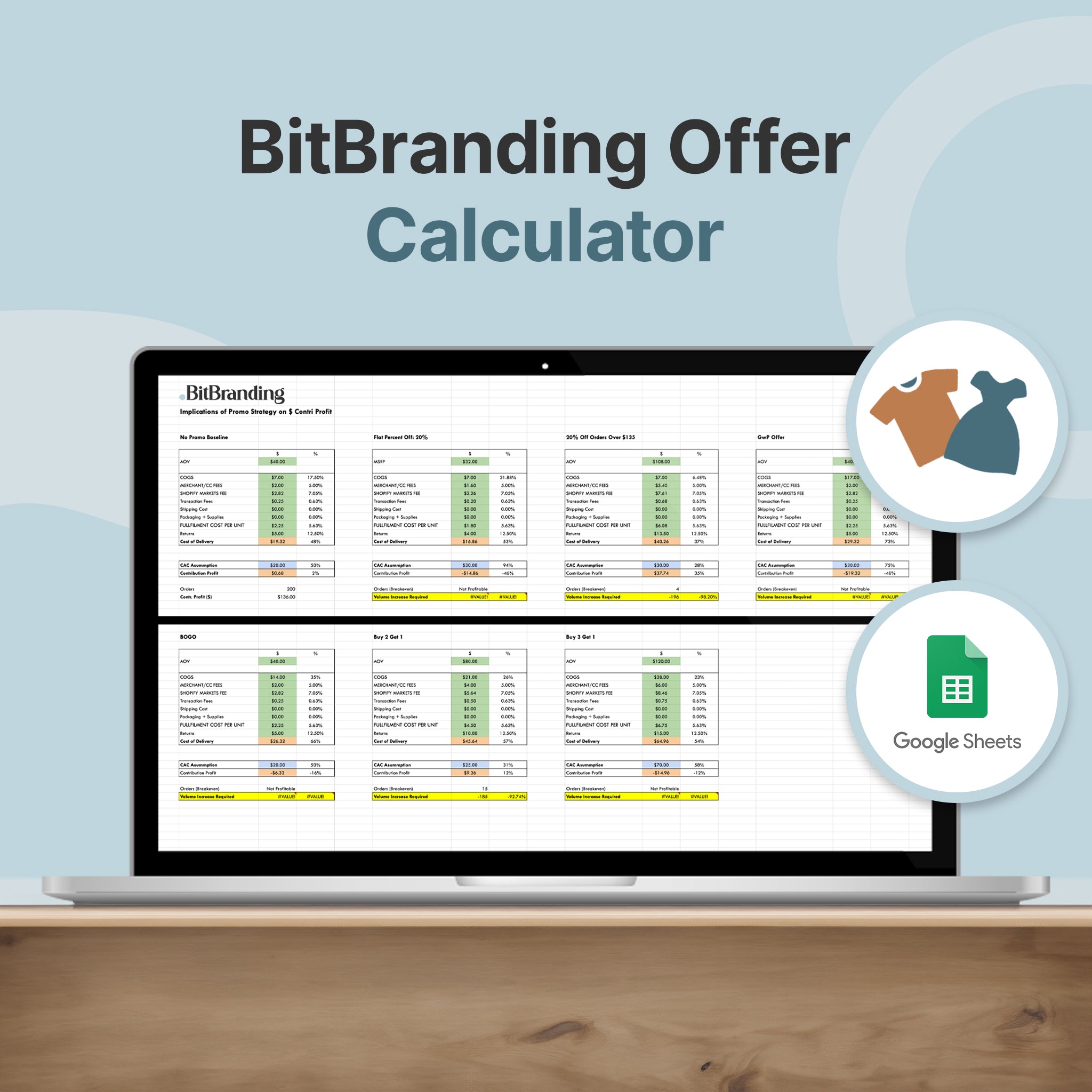
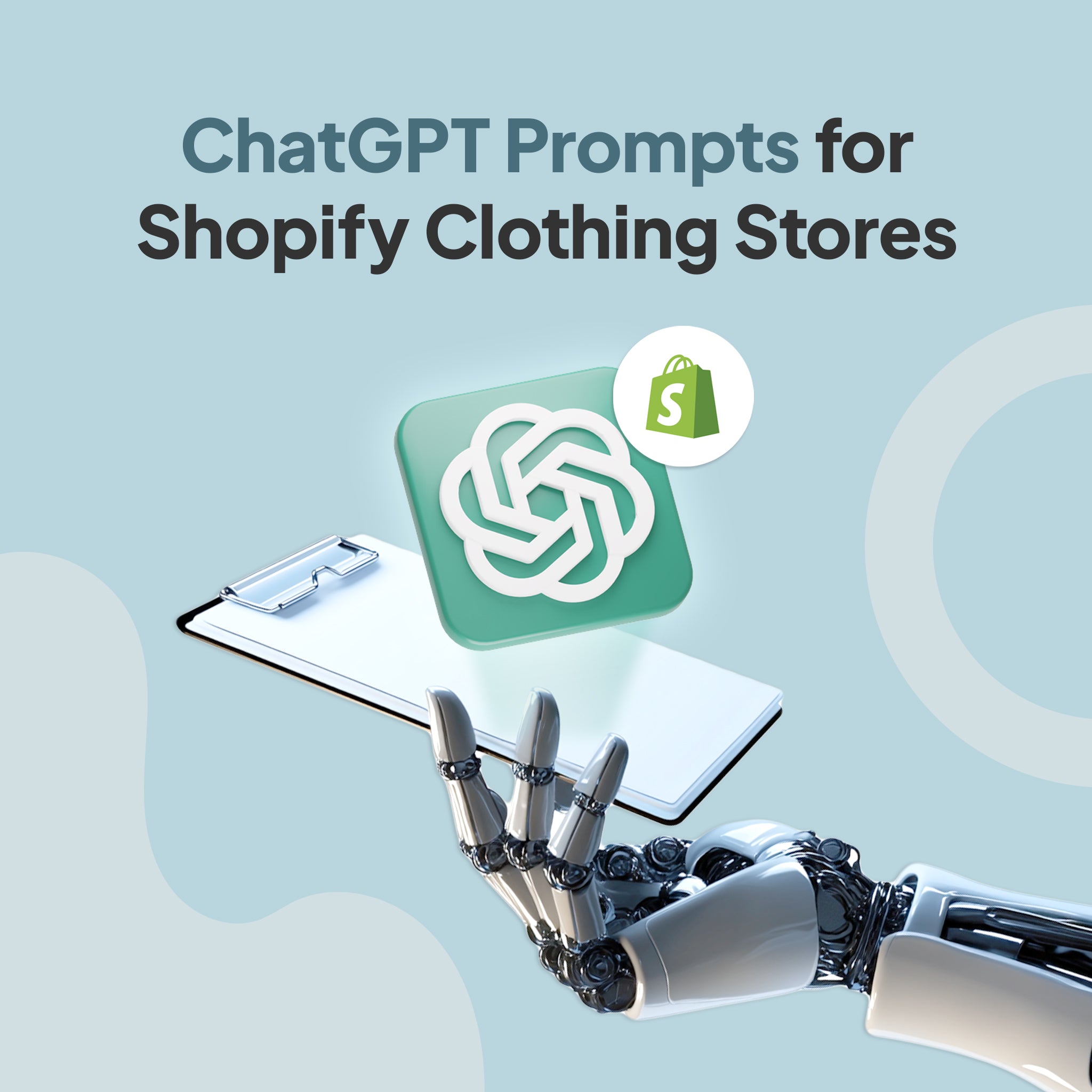

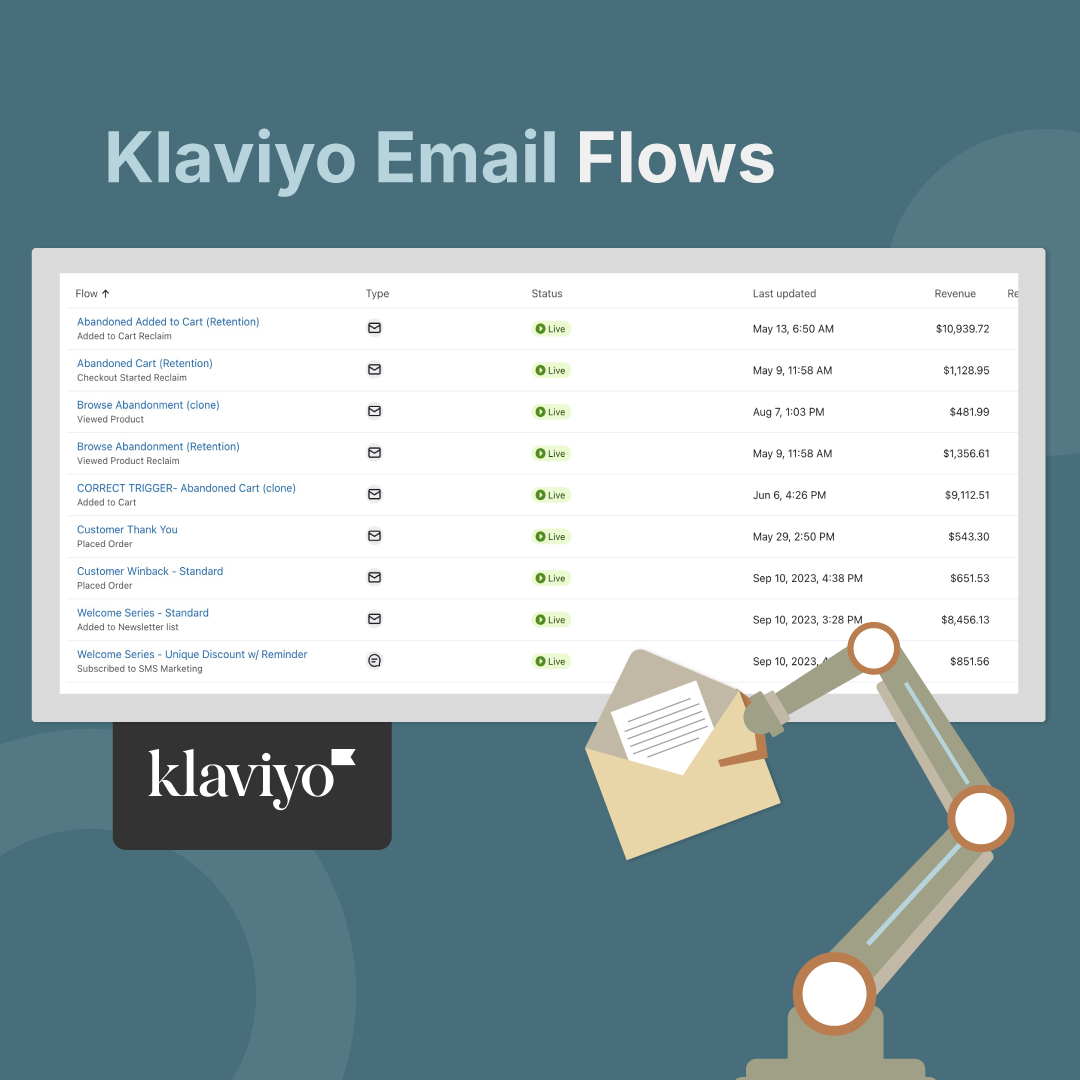
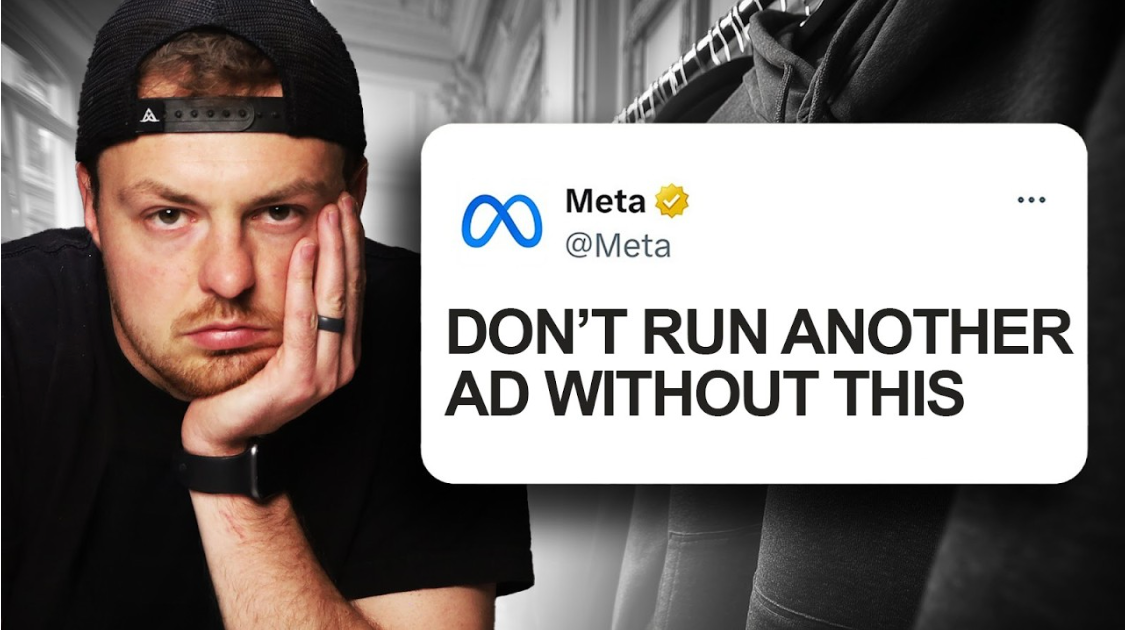
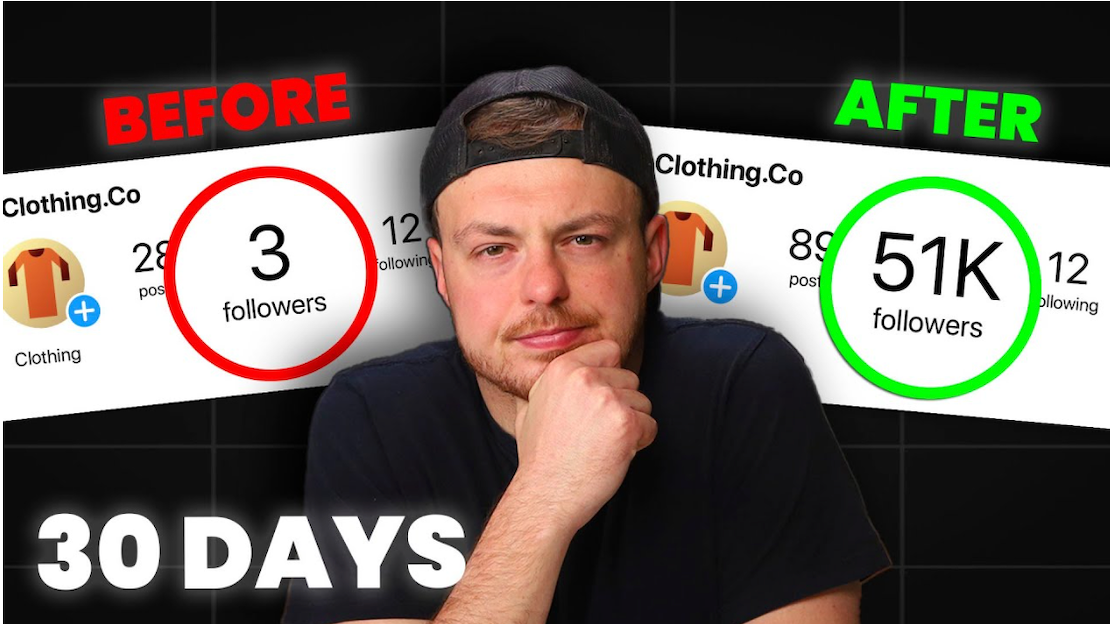

Share:
This Is How to Craft a Clothing Brand Marketing Plan That Works
10 Tips for Running a Successful Clothing Brand Marketing Campaign